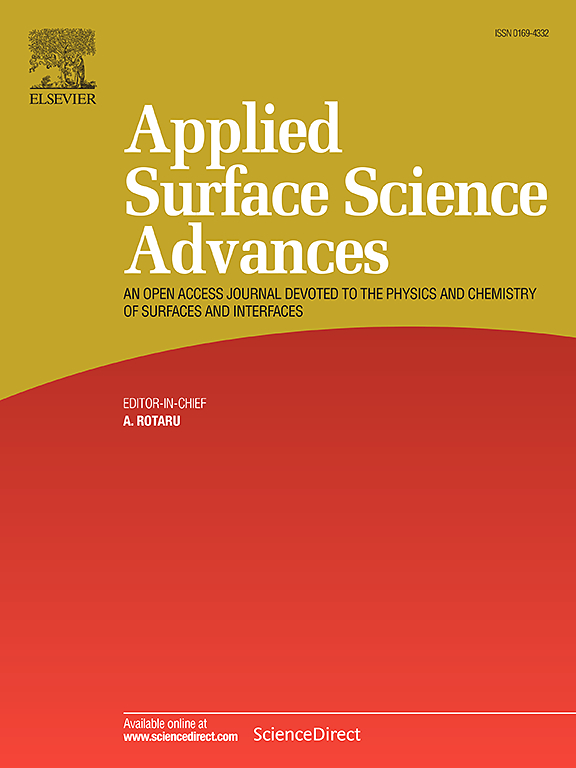Review on atomistic and quantum mechanical simulation approaches in chemical mechanical planarization
IF 8.7
Q1 CHEMISTRY, PHYSICAL
引用次数: 0
Abstract
Chemical mechanical planarization (CMP) faces critical challenges including non-uniform material removal, surface defect generation, and complex tribochemical interactions that limit process control at advanced semiconductor nodes. This review examines computational simulation approaches that address these challenges through atomistic and quantum mechanical methods. Significant progress has been achieved using Fukui function analysis for additive screening, density functional theory (DFT) for surface passivation mechanisms, and molecular dynamics (MD) simulations for CMP processes. These simulation approaches have generated quantitative insights into key CMP metrics: surface roughness reduction from ∼5 nm to sub-1 nm scales, material removal rates ranging from 100 to 1000 Å/min depending on slurry chemistry, and subsurface damage layer thickness characterization. Mechanistically, simulations reveal three primary pathways: chemical dissolution through surface oxidation, mechanical abrasion via particle-surface interactions, and synergistic tribochemical reactions combining both effects. DFT calculations elucidate electronic structure-property relationships governing selectivity between different materials, while MD simulations capture real-time surface evolution and particle dynamics. Reactive force field methods bridge quantum mechanical accuracy with classical simulation timescales, enabling comprehensive mechanistic understanding across multiple length scales. Future research directions include development of machine learning-accelerated simulations, integration of multiphysics models connecting molecular-scale phenomena to wafer-scale uniformity, and predictive frameworks for novel slurry chemistries. Enhanced computational methods targeting industrial-scale process optimization and real-time process control represent critical advancement opportunities for next-generation CMP technology development.
化学机械平面化中的原子力学和量子力学模拟方法综述
化学机械平面化(CMP)面临着严峻的挑战,包括不均匀的材料去除、表面缺陷的产生和复杂的摩擦化学相互作用,这些都限制了先进半导体节点的工艺控制。本文回顾了通过原子和量子力学方法解决这些挑战的计算模拟方法。利用Fukui函数分析添加剂筛选、密度泛函理论(DFT)研究表面钝化机理以及分子动力学(MD)模拟CMP过程取得了重大进展。这些模拟方法产生了对关键CMP指标的定量见解:表面粗糙度从~ 5nm降至亚1nm尺度,材料去除率从100到1000 Å/min(取决于浆液化学),以及亚表面损伤层厚度表征。从机理上讲,模拟揭示了三种主要途径:通过表面氧化的化学溶解,通过颗粒表面相互作用的机械磨损,以及结合这两种作用的协同摩擦化学反应。DFT计算阐明了控制不同材料之间选择性的电子结构-性质关系,而MD模拟捕获了实时表面演化和粒子动力学。反作用力场方法将量子力学精度与经典模拟时间尺度相结合,实现了跨多个长度尺度的综合力学理解。未来的研究方向包括机器学习加速模拟的发展,将分子尺度现象与晶圆尺度均匀性联系起来的多物理场模型的集成,以及新型浆料化学的预测框架。针对工业规模过程优化和实时过程控制的增强计算方法代表了下一代CMP技术发展的关键进步机会。
本文章由计算机程序翻译,如有差异,请以英文原文为准。
求助全文
约1分钟内获得全文
求助全文

 求助内容:
求助内容: 应助结果提醒方式:
应助结果提醒方式:


